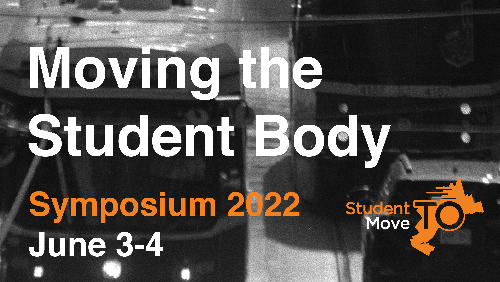Toronto, ON (October 1, 2025) –
On September 30th, a TTC work train caught fire inside Bloor-Yonge Station, along the Line 2 platform. While the fire’s exact causes are investigated, the cost to transit riders and the City of Toronto’s economy and productivity can be rapidly calculated.
CodeRedTO researchers have calculated the impact to worker pay and productivity as–at a minimum–over 20,000 hours and over $496,000 from this single two-hour incident.
The TTC’s busiest interchange station and three other stations were closed for half the morning peak, and over 35 other stations were impacted to various degrees due to the subway network’s lack of alternative routes. It is likely that over 41,000 TTC customers were delayed by this outage, plus thousands more in surface vehicles impacted by increased congestion.
Our detailed calculations deliberately take conservative assumptions at each stage, and it is highly likely the impact is greater. As similar disruptions occur far too often, the annual cost may be measured in the multiple millions of dollars, and that is before we put a price on the lives of those injured and killed in traffic collisions.
Choices by City Council and the Province of Ontario over multiple years have led to considerable backlogs in maintenance work for State of Good Repair, and to a lack of resiliency in the subway network through preferring line extensions to building alternate routes for riders. This means that any disruption leaves limited options within the subway network, pushing riders away from transit both during the disruption and in their future travel choices.
Calculations are rarely made for the cost of transit congestion and delays. Regular shut-downs and slow-downs of normal service, the continued absence of bus priority lanes on some of the busiest routes in the city, the resistance to the RapidTO proposals to improve mobility on Dufferin and Bathurst – these all cost GTA residents millions of dollars in lost productivity and lost opportunities. Every TTC rider that shifts to travelling by automobile costs the city in increased traffic, increased pollution, increased risk of injury and death, and the loss of more productive land use.
The TTC carries nearly half of Toronto’s morning commuters, yet each year at budget time, it must fight for support to maintain its network and infrastructure, and similarly the City of Toronto must continually fight for support to add more resilience to our transit map. It must be noted that at no point has anyone needed to fight for money to maintain costly car infrastructure, including for example the Gardiner Expressway East, which carries less than 5% of commuters during the same time periods.
It is not enough to say we don’t have the money, when the decline in TTC service has such high costs. We recommend that the TTC document the lost opportunity of items in the repair backlog, and the risks inherent in delaying those repairs, and that the City prioritize State of Good Repair spending by number of residents and riders affected, instead of the current approach of accelerating car infrastructure repairs. We also recommend the publishing of clear metrics such as impacted riders and station-minutes, as used in our research, to increase public understanding of the severity of each disruption.
